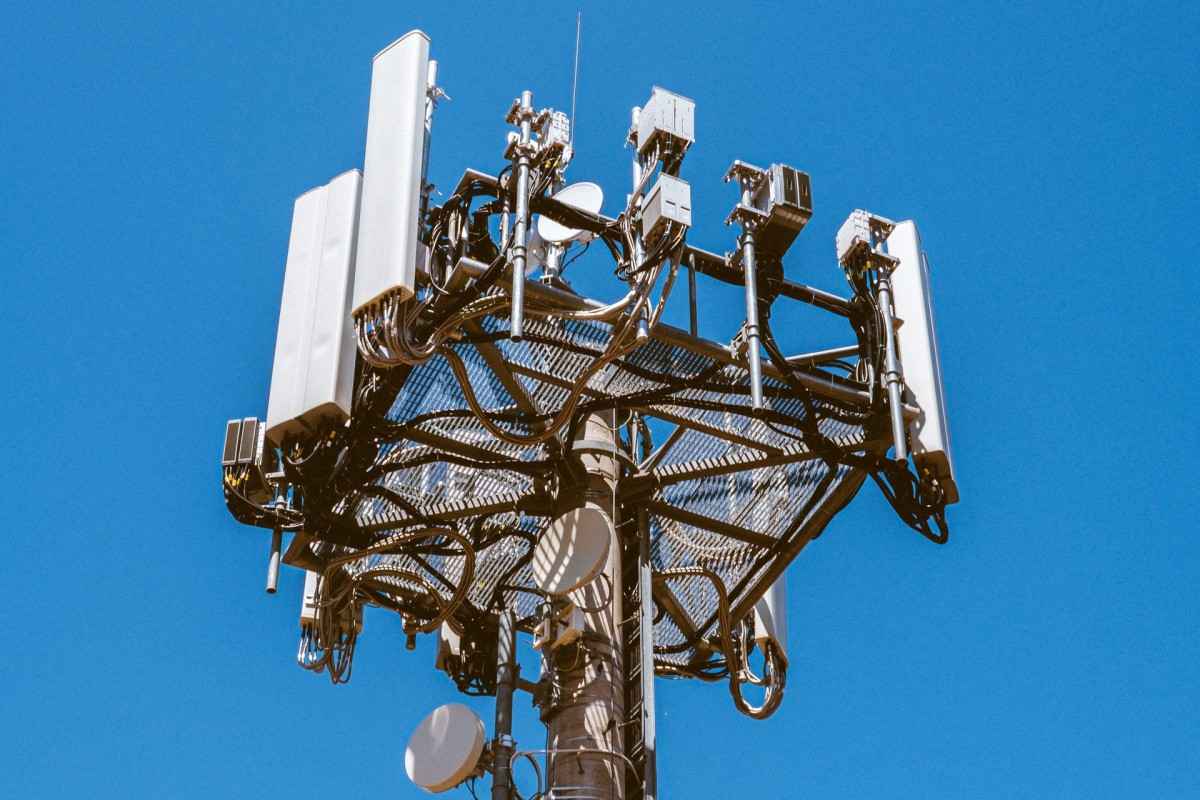The Indian telecom operators are not necessarily bad or not paying attention to the problems of the customers. It is just that India is a very hard place to do business in, especially if you are in the telecom sector. This is because of the sheer size of the market. Forget urban areas for a second, there’s just such a huge population in the rural and backward parts of the country that doesn’t have access to basic network service. To make it worse, the rural market isn’t concentrated in a few states or areas, but is scattered across the nation. Telecom players have tried their best to offer seamless services to consumers. But since there’s such a cut throat competition in the market with only four operators (three private and one government owned), India has become a market hard to serve. Out of the four operators, two aren’t even profitable and one doesn’t even have 4G networks yet. Further, over the last few years, the telecom operators had to fight a long battle with the government over the adjusted gross revenue (AGR) dues issue. Yes, the Indian government did announce relief measures, but the damage had already been done. For each operator to offer seamless services in every nook and corner of the country, the kind of investment that is required is unreal. This doesn’t only include the costs of deploying networks, but also then scaling up customer care team, management staff, research and development costs, statutory liabilities, and more.
Telcos Trying to Make More Money by Raising Tariffs
The telecom operators have sought to raising tariffs in order to earn more. Right now, to scale up investments and capex for rolling out 5G and expanding 4G, the telecom operators need more money. This will only be possible if they can earn more. Because if they don’t, even investors won’t look too keenly at their business for giving fresh capital. Thus, the prepaid tariff hikes were implemented during December 2021 to help with raising average revenue per user (ARPU) figure. Bharti Airtel has short term goal of reaching an ARPU figure of Rs 200. Reliance Jio’s ARPU had already jumped to Rs 167.6 during the Q4 FY22. This is only going to rise for the coming quarters and the same is expected for Airtel as well as Vodafone Idea (Vi). In a place such as India, where the market size is such huge and there are a lot of challenges and issues in each turn of doing business, the Indian telecom operators have been doing their best. With time and government support for the sector, things should change pretty fast positively. Further, the telcos have planned for another tariff hike at the end of the year.
